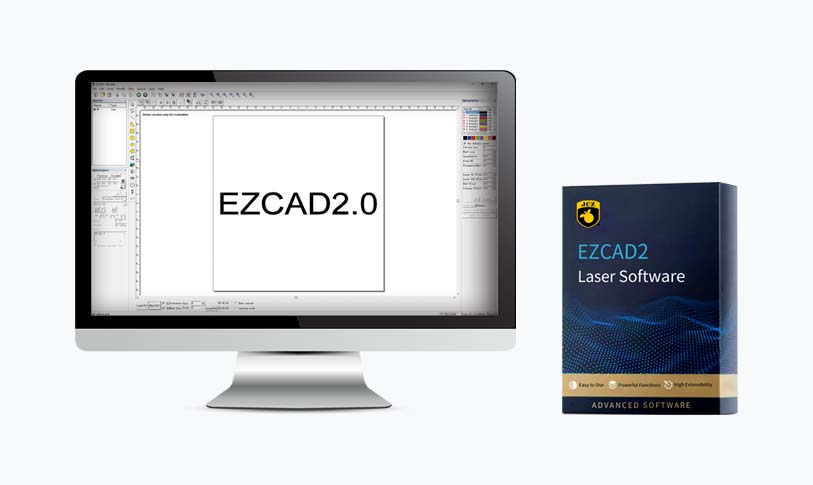[co2 laser wavelength]Understanding CO2 Laser Wavelength: Its Importance in Medical Treatments, Industrial Applications, and Emerging Technologies
****
The CO2 laser, a well-established tool in various fields, is known for its specific wavelength, which plays a pivotal role in its effectiveness. Operating at a wavelength of approximately 10.6 micrometers, CO2 lasers are among the most commonly used types of lasers, particularly in medical and industrial applications. This article explores the significance of the CO2 laser wavelength, its interactions with different materials, and its growing presence in emerging technologies.
The Science Behind CO2 Laser Wavelength

Understanding CO2 Laser Wavelength: Its Importance in Medical Treatments, Industrial Applications, and Emerging Technologies
The wavelength of a laser is a critical parameter that defines its interaction with different matter. CO2 lasers emit light in the infrared region of the electromagnetic spectrum, around 10.6 µm. This specific wavelength is particularly well absorbed by water and organic tissues, making CO2 lasers ideal for surgical procedures, where precision and minimal thermal damage are crucial.
Medical Applications

Understanding CO2 Laser Wavelength: Its Importance in Medical Treatments, Industrial Applications, and Emerging Technologies
In medicine, CO2 lasers have become integral in a variety of surgical procedures. Their unique wavelength enables precise cutting and ablation of soft tissues, which is beneficial in procedures such as dermatology, gynecology, otolaryngology, and even dentistry. The cutting process is characterized by minimal blood loss due to the laser’s ability to coagulate blood vessels. This reduces recovery time and enhances patient outcomes.
For example, in dermatological treatments, CO2 lasers are used to remove warts, moles, and skin blemishes, as well as to resurface the skin and treat scars. Their effectiveness in vaporizing tissue allows for clear delineation of the treatment area, which is essential for achieving aesthetic results. In gynecology, CO2 lasers are utilized in procedures like vaporization of cervical tissue to treat abnormal lesions, again due to their precision and ability to minimize damage to surrounding tissues.
Industrial Applications
Beyond the medical field, CO2 lasers have a significant presence in industrial applications such as cutting, engraving, and welding. The CO2 laser wavelength enables efficient processing of materials like wood, acrylic, and certain metals. The high absorption of the IR wavelength in these materials allows for clean and precise cuts, making CO2 lasers an essential tool in manufacturing and fabrication industries.
For example, in the wood industry, CO2 lasers are used for intricate engraving designs, producing products with fine details that would be difficult to achieve with traditional methods. In metalworking, the CO2 laser’s ability to cut through thick sheets of metal with incredible precision makes it a preferred choice for fabricating parts in aerospace, automotive, and construction industries.
Advancements in Technology
As technology continues to evolve, CO2 lasers are being enhanced to meet the demands of modern applications. Innovations in laser technology, including developments in high-speed scanning and beam delivery systems, have improved the efficiency and versatility of CO2 lasers. Additionally, integrating CO2 lasers with computer numerical control (CNC) systems has enabled unprecedented precision in both medical and industrial tasks.
Research is also ongoing to explore the potential of combining CO2 lasers with other laser technologies, such as fiber lasers. This hybrid approach aims to take advantage of the benefits of both technologies, potentially improving their effectiveness in various applications.

Understanding CO2 Laser Wavelength: Its Importance in Medical Treatments, Industrial Applications, and Emerging Technologies
Environmental and Safety Considerations
While CO2 lasers are remarkably effective, it is crucial to consider the environmental impact and safety precautions associated with their use. CO2 lasers require proper ventilation systems to mitigate the risks associated with the fumes produced during cutting or ablating processes. In medical settings, ensuring adequate safety measures protects both healthcare providers and patients from exposure to hazardous materials.
Conclusion
The CO2 laser wavelength is central to its diverse applications across various fields. From medical procedures requiring precision and control to industrial practices demanding efficiency and accuracy, CO2 lasers have established themselves as indispensable tools. As technology advances, the versatility of CO2 lasers is expected to grow, opening doors to new applications and improvements in existing methodologies. Understanding the importance of the CO2 laser wavelength is crucial not only for professionals working with lasers but also for anyone interested in the transformative impact of this technology on society.1000w fiber laser
